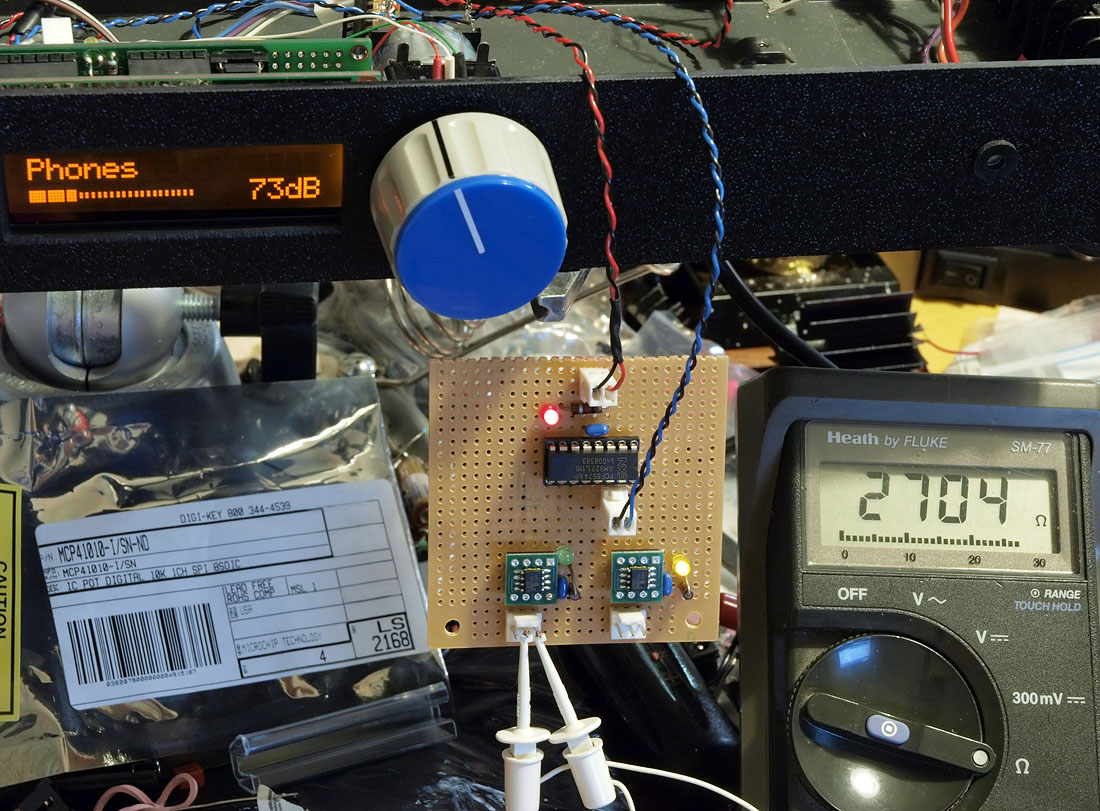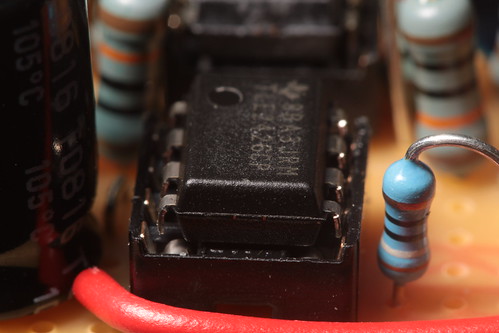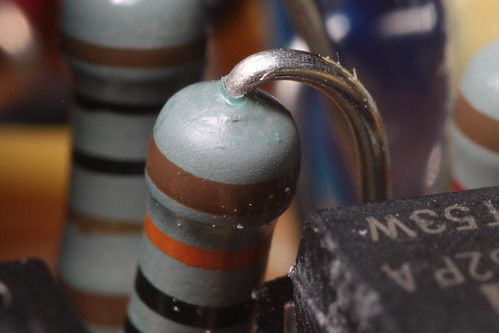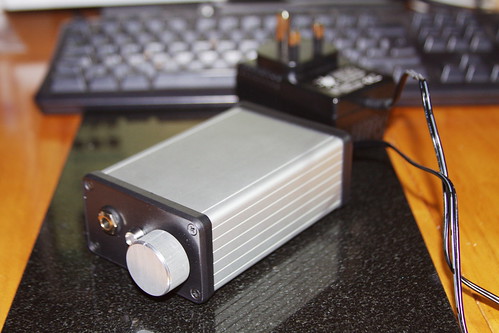ShaneP
New Head-Fier
- Joined
- Apr 28, 2008
- Posts
- 14
- Likes
- 0
I2C does not have a set length: bus capacitance is the limiter. IIRC, this is around 400pF.
In the past, since I only needed to run one segment of cable, I used Texas Instruments P82B96 on each end.
Page 55 of that application note I linked shows a different arrangement that may be suitable for your application (I'm thinking a centralized controller).
There's a good bit of info out there, and I might want to do something similar soon.
http://focus.ti.com/lit/ds/symlink/p82b715.pdf (P.8 buffered bus)
http://focus.ti.com/lit/ds/symlink/pca9517.pdf (p.10 series repeater)
In the past, since I only needed to run one segment of cable, I used Texas Instruments P82B96 on each end.
Page 55 of that application note I linked shows a different arrangement that may be suitable for your application (I'm thinking a centralized controller).
There's a good bit of info out there, and I might want to do something similar soon.
http://focus.ti.com/lit/ds/symlink/p82b715.pdf (P.8 buffered bus)
http://focus.ti.com/lit/ds/symlink/pca9517.pdf (p.10 series repeater)






































